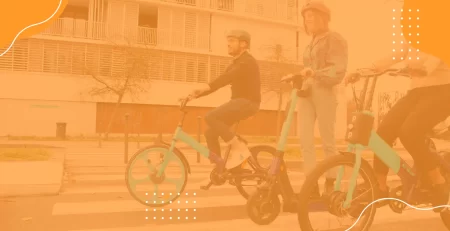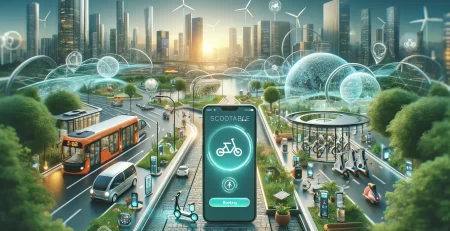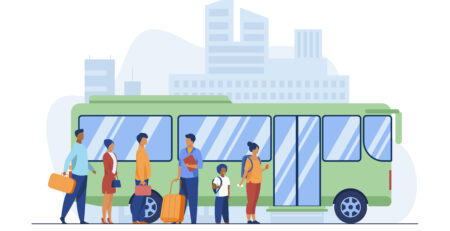The Role of Micromobility in Reducing Traffic Congestion
Traffic congestion has become a growing concern in urban areas around the world. As cities continue to grow and the number of vehicles on the road increases, finding effective solutions to alleviate congestion has become imperative. One innovative approach that is gaining traction is the integration of micromobility options into urban transportation systems. Micromobility, which refers to the use of lightweight, often electric, vehicles for short-distance travel, has the potential to significantly reduce traffic congestion and improve the overall efficiency of urban mobility. In this article, we will analyze the impact of micromobility on traffic congestion and explore strategies for effectively utilizing it to alleviate this pressing issue.
The Impact of Micromobility on Traffic Congestion: A Comprehensive Analysis
Micromobility offers several key advantages that make it a promising solution for reducing traffic congestion. Firstly, micromobility vehicles, such as e-scooters and bicycles, take up significantly less space on the road compared to cars or buses. This means that more of these vehicles can occupy the same road space, increasing the capacity of the transportation network without the need for costly road expansions. By encouraging the use of micromobility options, cities can potentially reduce the number of cars on the road and free up valuable space for other forms of transportation.
Furthermore, micromobility options are particularly well-suited for short-distance travel, which is often the cause of congestion in urban areas. Many people rely on private cars for short trips, even though these trips could easily be completed using micromobility vehicles. By promoting the use of e-scooters, bicycles, and other micromobility options, cities can incentivize commuters to switch from cars to these more efficient and space-saving alternatives. This shift could have a significant impact on reducing congestion, especially during peak travel times.
Lastly, the integration of micromobility into existing transportation systems can result in a more seamless and efficient network. Public transit systems often face challenges in the “first-mile” and “last-mile” segments of a journey, where commuters struggle to find convenient and reliable transportation options to and from transit stations. By providing access to e-scooters or bicycles at these stations, cities can effectively bridge this gap and encourage individuals to use public transportation instead of driving. This integration not only reduces congestion but also promotes a more sustainable and environmentally friendly mode of transportation.
Strategies for Utilizing Micromobility to Alleviate Traffic Congestion
To effectively utilize micromobility to alleviate traffic congestion, cities should consider implementing a range of strategies. Firstly, comprehensive infrastructure planning is crucial to support the integration of micromobility options. This includes the creation of dedicated bike lanes, the installation of scooter parking facilities, and the optimization of traffic signal timings to accommodate the increased presence of micromobility vehicles. By providing safe and convenient infrastructure, cities can encourage more people to adopt micromobility options and alleviate congestion on the roads.
Additionally, policymakers should consider implementing incentive programs to encourage the use of micromobility. This could involve offering discounted fares or providing financial incentives to individuals who choose to use e-scooters or bicycles for their daily commute. By making micromobility options more affordable and accessible, cities can further incentivize the reduction of private car usage and alleviate congestion.
Furthermore, public education campaigns can play a crucial role in promoting the benefits of micromobility and encouraging behavior change. Informing the public about the positive impacts of using e-scooters or bicycles, as well as providing guidance on safety and proper road etiquette, can help foster a culture that embraces micromobility as a viable and attractive transportation option.
The role of micromobility in reducing traffic congestion cannot be underestimated. By encouraging the use of e-scooters, bicycles, and other lightweight vehicles, cities can enhance the efficiency of their transportation systems, reduce congestion, and improve the overall quality of life for their citizens. With careful planning, comprehensive infrastructure, and targeted incentive programs, micromobility has the potential to transform urban mobility and create more sustainable and livable cities. As we continue to seek solutions to the challenges of urban congestion, embracing micromobility as an integral part of our transportation networks is a step in the right direction.










